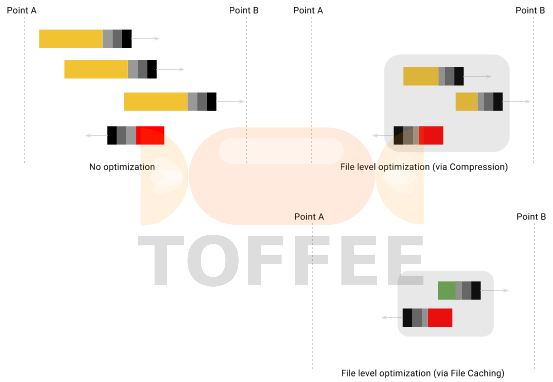VIDEOS 》 TOFFEE-Mocha WAN Emulator Jitter Feature
Suggested Topics:
TOFFEE-Mocha - WAN Emulator
Categories
| 💎 TOFFEE-MOCHA new bootable ISO: | Download |
| 💎 TOFFEE Data-Center Big picture and Overview: | Download PDF |
Internet optimization through TOFFEE-DataCenter WAN Optimization Demo ↗
Saturday' 13-Mar-2021
IP Header Compression in WAN Links and TOFFEE-DataCenter WAN Optimization ↗
Saturday' 13-Mar-2021
TOFFEE-Mocha WAN Emulator Jitter Feature ↗
Saturday' 13-Mar-2021
Featured Educational Video:
CDN Content Delivery Networks - Types ↗
Saturday' 13-Mar-2021
Research :: Optimization of network data (WAN Optimization) at various levels:

Learn Linux Systems Software and Kernel Programming:

Hardware Compression and Decompression Accelerator Cards:

TOFFEE-DataCenter on a Dell Server - Intel Xeon E5645 CPU:




